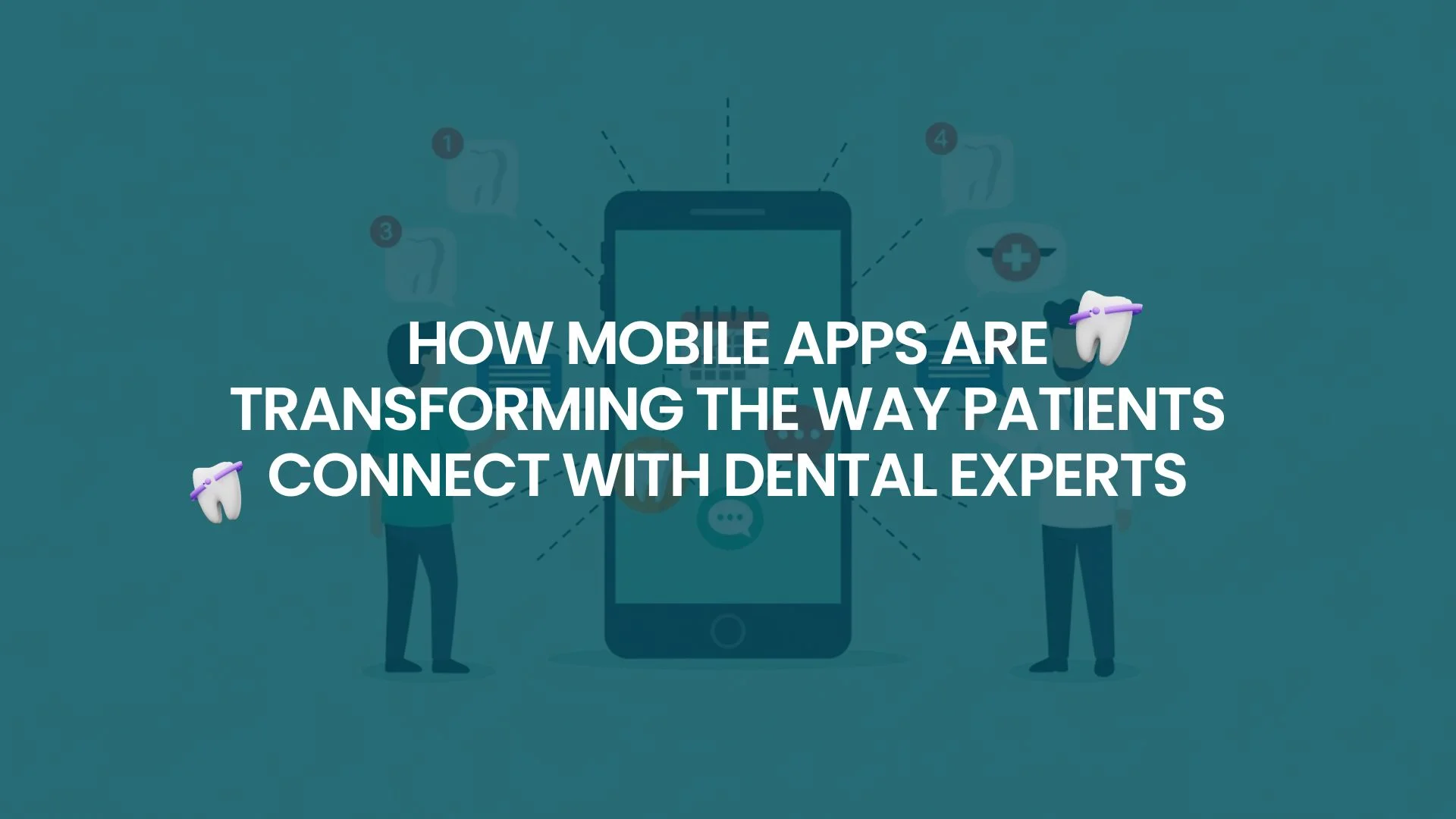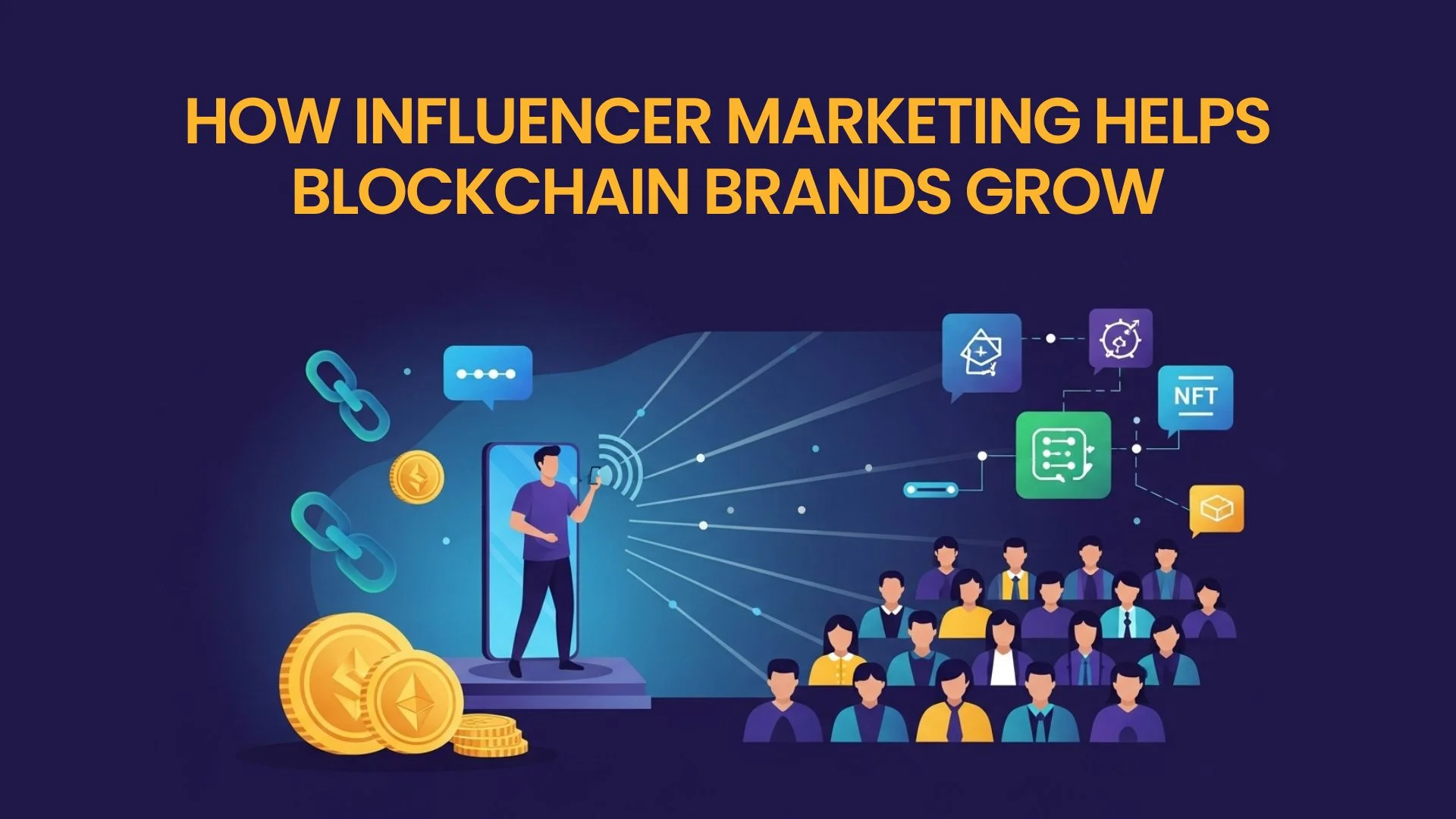Connecting with your audience on an emotional level is key to standing out. Traditional SEO focuses on keywords and rankings, but emotion-driven SEO goes deeper, making your content resonate with readers’ feelings. This article will show you how to identify what makes your audience tick, create content that speaks to their hearts, and use emotional keywords effectively. You’ll also learn how to design emotionally engaging user experiences and use social proof to build trust. Let’s dive in and discover how to make your SEO strategy more emotionally powerful!
What is Emotion-driven SEO?
Understanding emotional search engine optimization (SEO) involves recognizing the powerful role emotions play in how people engage with online content. Traditional SEO focuses primarily on keywords and technical aspects to improve search engine rankings. However, emotion-driven SEO emphasizes creating content that resonates emotionally with the audience. Emotion-driven SEO is a strategy that aims to connect with users on an emotional level through content optimization. It goes beyond keywords and metadata to evoke feelings such as joy, empathy, curiosity, or urgency. This approach recognizes that emotional responses significantly influence how people interact with websites, share content, and make decisions.
In practical terms, emotion-driven SEO involves:
- Content Creation: Crafting articles, videos, and other content that triggers emotional responses. This can be achieved through storytelling, personal anecdotes, or using imagery that evokes specific feelings.
- User Experience (UX) Design: Ensuring that the design and layout of a website create a positive emotional experience. This includes factors like color choices, font styles, and ease of navigation that contribute to the overall emotional impact.
Why Do We Need Emotional Engagement in SEO?
When users feel emotionally connected to a website or content, they are more likely to spend time exploring it. This reduces bounce rates and increases engagement metrics, which can positively impact SEO rankings. Emotionally compelling content tends to be shared more frequently on social media platforms. This sharing behavior generates backlinks and increases brand visibility, which are important factors in SEO. Such engaged users are more likely to become repeat visitors and loyal customers. They trust brands that understand and resonate with their emotions, leading to higher conversion rates and improved customer retention.
In competitive industries, where products and services may be similar, emotional engagement can be a powerful differentiator. Brands that effectively tap into emotions can stand out and attract a loyal following. Integrating emotional engagement into SEO strategies enhances user satisfaction and brand perception. But it also drives tangible SEO benefits by influencing user behavior and interaction with digital content. It’s about creating meaningful connections that go beyond mere information to resonate with your target audience.
Identify Emotional Triggers
James Owen, Director of Click Intelligence said, identifying emotional triggers in your target audience involves understanding what deeply influences their feelings and actions. Start by studying your audience demographics and behaviors. For this, use tools like Google Analytics, social media insights, or customer surveys. Look for patterns in how they respond emotionally to different types of content or messaging. For example, observe which posts or campaigns generate more likes, shares, or comments, as these can indicate emotional resonance.
To go deeper, conduct qualitative research such as interviews or focus groups to directly ask about their emotional responses to your brand or industry. This personal interaction can reveal nuanced insights that data alone might miss. Listen not just to what they say, but how they say it. The tone, expressions, and anecdotes they share can uncover underlying emotional triggers. For more structured analysis, utilize sentiment analysis tools. These tools use algorithms to analyze text from customer reviews, social media posts, or survey responses to detect emotional cues such as happiness, frustration, or excitement. They provide quantitative insights into the prevailing sentiment towards your brand or specific topics, helping you gauge emotional responses at scale.
Emotional mapping tools take sentiment analysis a step further by visually mapping out emotional patterns and intensities. These tools often use heat maps or sentiment clouds to highlight clusters of emotional responses associated with different aspects of your brand or content. By visually representing these emotional landscapes, marketers can pinpoint which triggers resonate most strongly with their audience and adjust their strategies accordingly.
By combining qualitative insights with quantitative data from sentiment analysis and emotional mapping tools, marketers can gain a comprehensive understanding of the emotional triggers that drive audience engagement. This knowledge enables more targeted and effective marketing strategies that resonate deeply with their audience’s emotional needs and motivations.
Craft Emotional Content
Crafting emotionally resonant content involves strategies that connect deeply with your audience’s emotions, making them more engaged and responsive to your message. One effective approach is through storytelling. Jessica Shee of m3datarecovery.com said, weave narratives that resonate with your audience’s experiences, aspirations, or challenges. With this, you create a powerful emotional connection. Start with a compelling narrative arc; introduce characters, highlight challenges or conflicts they face, and show how they overcome them. This structure not only captivates attention but also makes your content memorable and relatable. Using relatable examples and anecdotes further enhances emotional resonance. Incorporate real-life stories or scenarios that your audience can identify with. Whether it’s a customer success story, a personal journey, or a problem-solving narrative, these examples humanize your content and evoke empathy or inspiration.
Describe situations in vivid detail, focusing on emotions felt and lessons learned. This authenticity builds trust and strengthens the emotional bond between your audience and your brand. Consider the emotional tone and language used in your content. Choose words and phrases that evoke specific emotions aligned with your message. These could be excitement, hope, nostalgia, or urgency.
Use sensory details to paint a vivid picture and appeal to the senses, enhancing emotional engagement. Incorporate visual elements, such as images or videos that reinforce the emotional narrative and create a multisensory experience. Ultimately, crafting emotionally resonant content requires understanding your audience’s emotional triggers and using storytelling techniques, relatable examples, and sensory details to create a compelling narrative that fosters a deeper connection. By tapping into emotions authentically and thoughtfully, you can create content that not only informs but also inspires and influences your audience’s actions and perceptions.
Optimize for Emotion-driven SEO: Emotional Keywords
Optimizing for emotional keywords involves identifying words and phrases that evoke specific feelings or reactions in your audience. These keywords go beyond simple descriptors of products or services to tap into deeper emotional motivations. Start by brainstorming common emotions associated with your industry or niche. These could be ‘inspiration,’ ‘trust,’ ‘excitement,’ or ‘security.’ These emotional keywords resonate because they address underlying desires or concerns that drive consumer behavior.
When optimizing content for emotional keywords, ensure that your messaging aligns authentically with the emotional tone you wish to convey. Incorporate these keywords naturally into headlines, meta descriptions, and throughout your content to reinforce the emotional appeal. By understanding and leveraging emotional keywords effectively, you can enhance the emotional impact of your content and increase engagement with your audience.
Tools For Keyword Research
To identify emotional keywords effectively, use keyword research tools that specialize in sentiment analysis or emotional context. Tools like SEMrush, Ahrefs, or Moz offer features that analyze search queries and suggest emotionally charged keywords based on their frequency and relevance. These tools can help you discover terms that are commonly associated with positive or negative emotions in your target audience. Also, leverage social listening tools to monitor conversations on social media platforms and forums. These platforms provide real-time insights into how people express emotions related to your industry or brand. Look for trends in language use and emotional responses to identify potential keywords that resonate with your audience.
Enhance User Experience with Emotion
Enhancing UX with emotion involves designing interfaces and interactions that evoke positive emotional responses, fostering a deeper connection between users and your website or application. One effective strategy is through intuitive and empathetic design. Simplify navigation and layout to reduce frustration and promote a sense of ease and comfort. Use clear, inviting visuals and colors that resonate with your brand’s emotional tone and appeal to your target audience’s preferences. Manobal Jain of Trainerfu said that incorporating storytelling elements into UX design can also enhance emotional engagement. For example, Airbnb uses personal narratives and imagery to create a sense of adventure and belonging, encouraging users to explore listings and book accommodations that align with their emotional desires. By integrating these narratives seamlessly into the user journey, Airbnb enhances user satisfaction and loyalty.
Another effective approach is through personalized experiences that cater to individual preferences and behaviors. Netflix, for instance, employs algorithms to recommend content based on a user’s viewing history and preferences. This creates a personalized UX that anticipates and meets emotional needs. This personalized approach not only enhances user satisfaction but also increases engagement and retention. Consider the emotional impact of micro-interactions—small animations, sounds, or visual cues that provide feedback or guidance. Slack, for example, uses playful animations and emojis to enhance communication and create a friendly, collaborative atmosphere among users. These micro-interactions contribute to a positive emotional experience and reinforce brand identity. Successful emotional UX designs often integrate user feedback and iterative testing to continuously refine and improve the emotional impact. By focusing on creating intuitive, empathetic, and personalized experiences, brands can cultivate strong emotional connections with users, driving engagement, loyalty, and ultimately, business success.
Leverage Social Proof
Leveraging social proof and testimonials is a powerful way to amplify emotional connections with your audience. Social proof refers to the psychological phenomenon where people rely on the actions and opinions of others to guide their own behavior. By showcasing positive experiences from real customers, you build trust and credibility, making your brand more relatable and trustworthy. To use social proof effectively, gather testimonials, reviews, and case studies from satisfied customers. These firsthand accounts provide authentic insights into how your product or service has positively impacted their lives. Share these testimonials prominently on your website, landing pages, and product pages. For example, including a dedicated section for customer reviews on your homepage can immediately convey trust and reliability to new visitors.
Incorporate diverse types of social proof, such as user-generated content, expert endorsements, and social media mentions. User-generated content, like photos or videos from customers using your product, adds a personal touch and demonstrates real-world applications. Expert endorsements from industry leaders or influencers can lend authority and credibility, making your brand more appealing.
Best Practices
To integrate social proof into your SEO efforts, use structured data markup (schema) to make testimonials and reviews visible to search engines. This can enhance your search engine listings with rich snippets, displaying star ratings and review counts directly in search results. High ratings and positive reviews can improve click-through rates and drive more organic traffic to your site. Regularly update your testimonials and reviews to keep them current and relevant. Encourage satisfied customers to leave feedback through follow-up emails or incentives, and respond to reviews to show appreciation and engage with your audience. Highlighting specific quotes or standout testimonials in blog posts, email campaigns, and social media can also amplify their reach and impact.
By strategically leveraging social proof and testimonials, you create a strong emotional connection with your audience, build trust, and enhance your brand’s credibility. This not only improves user engagement and conversion rates but also boosts your overall SEO performance, making your site more attractive to both search engines and potential customers. To scale these results effectively, many brands turn to an experienced Ecommerce SEO Agency that understands how to combine emotional relevance with technical optimization.
Emotional Appeal in Visual Content
Emotional appeal in visual content involves using images and videos that evoke strong feelings, making your audience more likely to connect with and remember your message. Utilizing emotional imagery and visual storytelling can significantly enhance the impact of your content, driving engagement and fostering a deeper connection with your audience. Chris McDermott of ICLCP said, to create emotional imagery, choose visuals that resonate with the emotions you want to evoke. For example, if you want to convey happiness and joy, use bright colors, smiling faces, and scenes of celebration or success.
For a sense of nostalgia, opt for vintage-style photos or images that depict familiar, comforting scenarios. The key is to select visuals that align with the emotional tone of your message and appeal to your audience’s feelings and experiences.
Visual storytelling is another powerful tool. Instead of just using standalone images, create a narrative through a series of visuals. This can be done through photo sequences, video clips, or even infographics. A compelling story with a clear beginning, middle, and end can draw viewers in and make your content more engaging. For instance, a video showing a customer’s journey from problem to solution with your product can elicit empathy and trust.
Top Tips
To optimize images and videos for emotional impact, consider the following tips:
- High-Quality Visuals: Ensure that your images and videos are high-resolution and professionally produced. Blurry or poorly lit visuals can detract from the emotional appeal and reduce viewer engagement.
- Relevant Content: Choose visuals that are relevant to your audience’s interests and experiences. This relevance enhances emotional resonance and makes your content more relatable.
- Consistent Branding: Use a consistent color palette, style, and tone across all your visuals to strengthen your brand identity and emotional appeal. Consistency helps build familiarity and trust with your audience.
- Emotive Subjects: Focus on subjects that naturally evoke emotions, such as people, animals, or dynamic scenes. Close-up shots of faces, in particular, can convey a wide range of emotions and create a more personal connection.
- Captions and Context: Provide context for your visuals with captions, titles, or accompanying text. This can help guide the viewer’s emotional response and enhance the overall impact of your content.
- Responsive Design: Ensure that your visuals are optimized for different devices and screen sizes. This ensures that the emotional impact is maintained whether your audience is viewing your content on a desktop, tablet, or smartphone.
With these tips, you can create content that resonates deeply with your audience, fostering emotional connections that enhance engagement and brand loyalty.
Transform Your SEO
Emotion-driven SEO is a powerful strategy to connect deeply with your audience. Identify emotional triggers, craft resonant content, and optimize for emotional keywords. Enhance your UX design with emotional elements and integrate social proof. Use emotional imagery and visual storytelling to further engage and retain your audience. These strategies will not only improve user satisfaction. But they’ll also drive organic growth and loyalty. Embrace emotion-driven SEO for a lasting and impactful digital presence in today’s competitive landscape.






